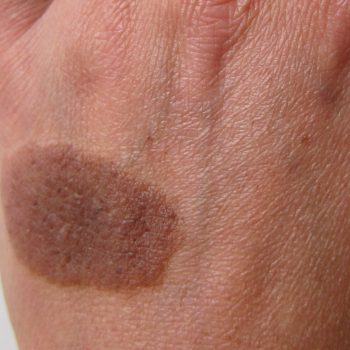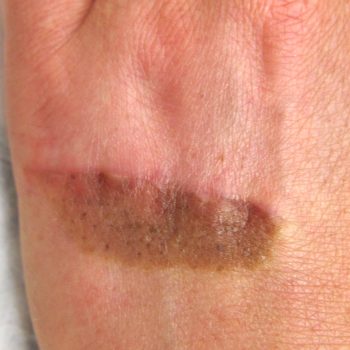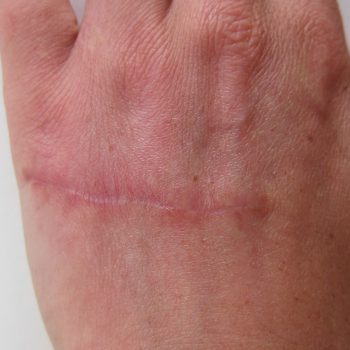Before Treatment – Shave excision and curettage

benign intradermal naevus on the forehead before removal
A benign intradermal naevus on the forehead
Everybody has moles and they come in all shapes and sizes. Most moles are benign (not harmful), but some can be a form of skin cancer. As a Plastic Surgeon, Mr Sierakowski is fully trained to identify the different types of mole and identify which ones might be harmful. To help him recognise benign moles from skin cancer, Mr Sierakowski uses a special magnifying glass called a dermatoscope, which shows the moles in much more detail.
Most people seek mole removal Essex because they simply don’t like the appearance of the mole. This is cosmetic mole removal Essex; many people opt for this and non-surgical procedures such as botox Essex and dermal fillers Essex for their own personal reasons. Some people however are worried the mole may be harmful, or their GP may have referred them because they suspect skin cancer.
Moles can be flat, dome-shaped, flesh-coloured or pigmented. Some can have hair growing out of them, others look flaky or wart-like. Moles can appear from birth and new moles can develop on children and teenagers. Sometimes, moles fade as we age; some moles are more common as we get older. During pregnancy, moles can get darker.
If a mole changes shape or colour, starts crusting, bleeding, itching or gets larger, then it’s advised that you speak to a professional. These changes can be a sign of skin cancer and the mole may need to be removed and sent for analysis.
If you wish to undergo mole removal Essex, contact Mr Sierakowski. He will arrange an initial cosmetic surgery Essex consultation appointment with you to go through the procedure, including what to expect, the benefits and any risks associated with mole removal Essex surgery.
Cosmetic mole removal Essex takes around 20 minutes and is performed using a local anaesthetic injection to numb the skin around the mole. Once the area is numbed, the procedure itself is painless. Generally speaking, there are two ways of removing a mole surgically: shave removal or surgical excision.
If the mole protrudes from the skin, it can be shaved off using a scalpel. Mr Sierakowski then uses a special instrument called a curette to gently scrape away any of the mole that remains. He then seals the blood vessels using electro-cautery. Shave removal results in a small wound where the mole was removed from and this is allowed to heal itself over the next few days. To begin with, a small dressing is applied, after which ointment can be used.
After shave removal, you will be left with a pink mark on your skin where the mole originated, but this tends to fade with time.
An alternative to shave removal is surgical excision of the mole. This is when a scalpel is used to carefully cut around the mole and completely remove it from the skin. The resulting wound is then closed using very fine stitches. Like shave removal, surgical excision is also performed under local anaesthetic. Usually, no dressing is required other than antibiotic ointment.
Surgical excision of a mole leaves behind a linear scar, which is different from the flat blemish that results from shave removal. The scar normally fades with time and Mr Sierakowski will try to orientate it so that it blends in with your normal skin creases.
The benefit of surgical excision is that the mole is removed more deeply, so is less likely to come back. However, some people may not like the scar. At your consultation, Mr Sierakowski will discuss the pros and cons of both types of mole removal Essex and help you decide which procedure is right for you.
Unlike cosmetic mole removal, any mole suspected of being skin cancer must be removed by surgical excision, to ensure it is completely removed and allow it to be analysed by a pathologist.
All procedures come with risks, including cosmetic mole removal Essex. These include problems with wound healing, infection, bleeding, or an allergy to the anaesthetic. Rarely, the scar can become unusually lumpy and it is possible for the mole to recur.
It’s important that you choose to use a highly skilled and certified surgeon, such as Mr Sierakowski, who specialises in cosmetic surgery and is a full member of BAAPS. Mr Sierakowski has been trained to identify skin cancer and will use an instrument called a dermatoscope to help with the diagnosis, as recommended by NICE guidelines.
Most people’s main concern after mole removal Essex is scaring. Mr Sierakowski will be able to advise you of the type of scar you will have after the procedure and provide expert advice to help you obtain the best possible result after surgery.
Mole removal Essex takes about 20 minutes to perform and you can go home shortly afterwards. It is recommended that someone drives you to your appointment, as you will be having a local anaesthetic. If you have a small dressing applied, for example after a shave removal, we advise you to keep this dry until it is removed after one week. If you have a surgical mole excision, the stitch line can be dressed with antibiotic ointment, which should be applied twice a day. You can wash as normal, just pat the stitch line dry, then apply the ointment with a clean finger. Normally, the stitches are removed after one week. Its then important to start moisturising and massaging the scar, to help it soften and fade. It takes at least 6 months for a scar to fully settle.
Mr Sierakowski performs cosmetic mole removal Essex across a number of locations in Essex, including Phoenix Hospital Chelmsford, Springfield Hospital Chelmsford and Wellesley Hospital in Southend. For more information about cosmetic removal Essex, don’t hesitate to contact us, today.
Benign moles, such as this common intradermal naevus, can be shaved off or surgically excised under local anaesthetic.

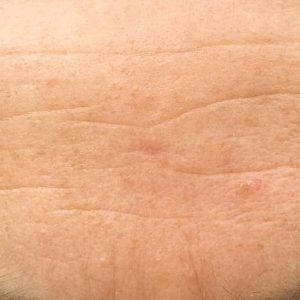
Also known as seborrhaeic warts, these can be treated by shave and curettage under local anaesthetic. These common skin lesions are easily treated in this way, leaving behind a faint pale patch of skin.
Epidermoid cysts, often incorrectly called sebaceous cysts, are benign lumps that can appear under the skin. They consist of a sack of skin lining containing a cheesy material called keratin. They are unsightly and can get infected and swell. Most epidermoid cysts can easily be removed under local anaesthetic leaving behind a short scar.
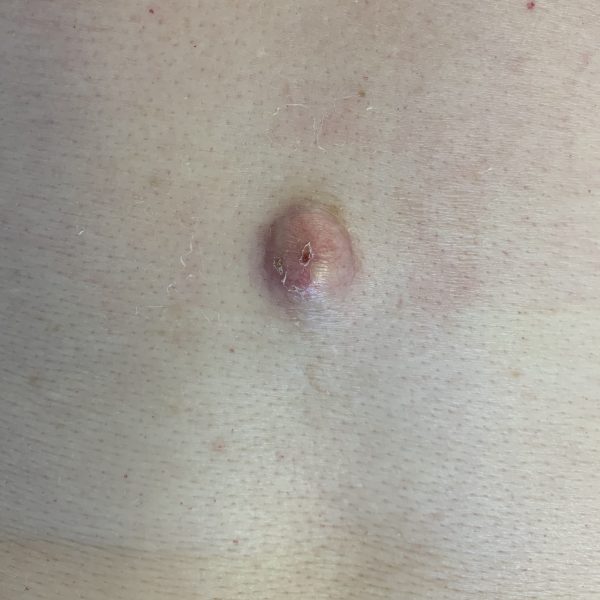
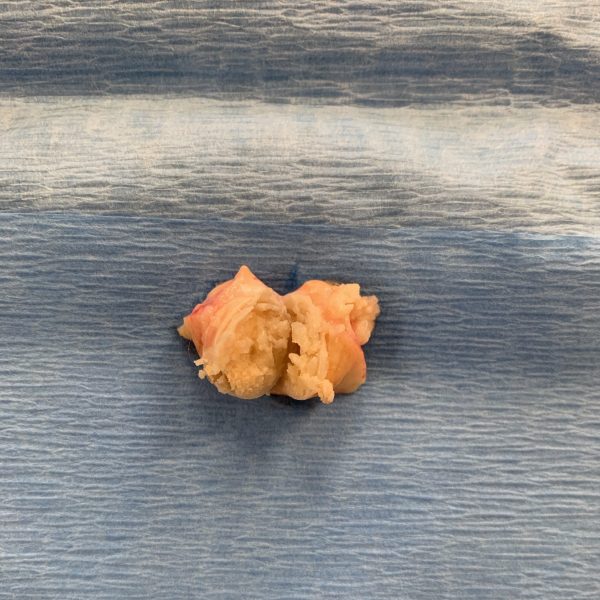
Birthmarks, or congenital naevi, can be large and unsightly. A technique called serial excision can be used to remove the birthmark. This involves excising the birthmark in stages, so as to leave behind the shortest possible scar and avoid the use of skin grafts.
